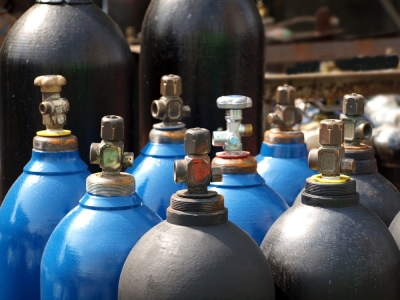
Witnesses urge Congress to act or face a helium shortage.
Witnesses at a recent Senate committee hearing agreed that manufacturers, researchers, and hospitals could lose access to a critical component of their operations next year unless Congress acts to ensure a steady supply of helium.
The Senate Committee on Energy and Natural Resources recently held a hearing on the Helium Stewardship Act, and heard from five witnesses, including a physicist and representatives from the health care industry, helium suppliers, and the Department of the Interior (DOI). Although several witnesses took issue with specific aspects of the bill, all strongly supported its main purported goal: to protect access to the crude helium within the Federal Helium Reserve, which could become non-operational by the middle of next year.
In 1996, Congress mandated that the DOI’s Bureau of Land Management, which oversees the Reserve, sell off most of the the largest helium supply by January 1, 2015. Congress priced the helium with a formula designed to generate sufficient revenue to pay back the cost of building and maintaining the Reserve. Once the debt is paid back, however, BLM is no longer permitted to use proceeds from the sale of helium to fund the continued operation of the Reserve. BLM expects to achieve full payback sometime in 2013, making the bill a timely solution to this alleged problem.
The bill would authorize BLM to continue selling helium from the Reserve. In addition, following recommendations from a 2010 National Academy of Sciences report, once the amount in the Reserve falls to 3 billion standard cubic feet, the bill provides that BLM would sell helium only to federal agencies and researchers with federal grants. This limitation could provide an estimated 15-year supply of helium to small-scale researchers and government engineers.
While it may be best known for filling party balloons, helium is used industrially in welding and in the manufacture of semiconductors and fiber optics. It is essential for conducting low-temperature physics research, servicing rockets, and maintaining the nearly 8000 magnetic resonance imaging (MRI) machines used in American hospitals and medical centers, where doctors use MRI to diagnose a variety of medical conditions.
The Reserve, located in Texas, supplies nearly a third of the world’s annual helium needs. Outside of the U.S., the largest helium reserves are located in Algeria, Qatar, and Russia.



